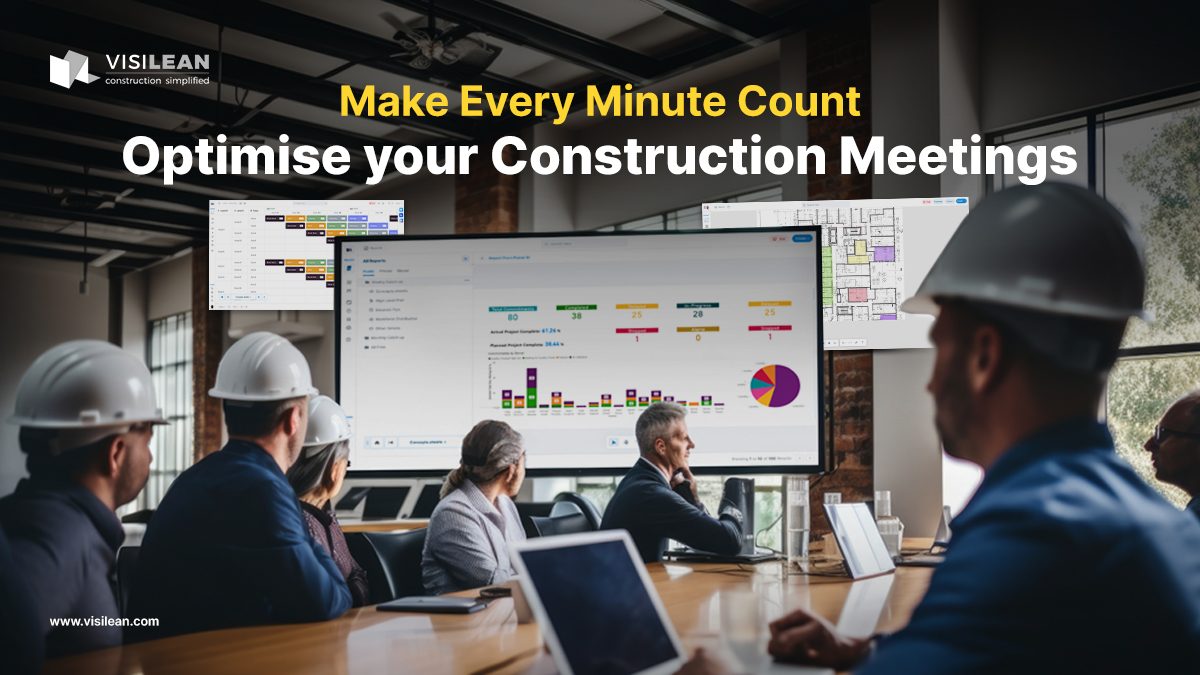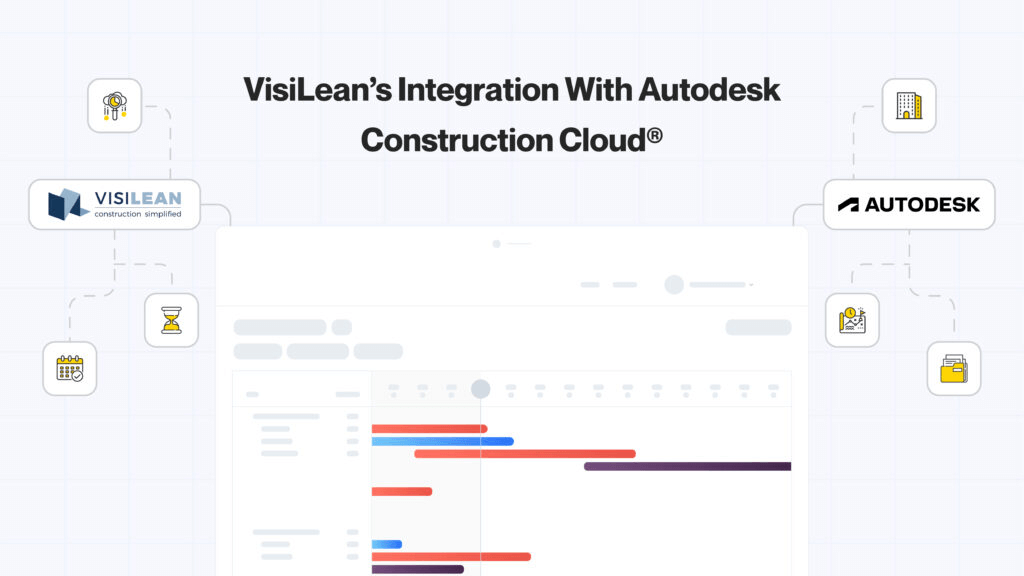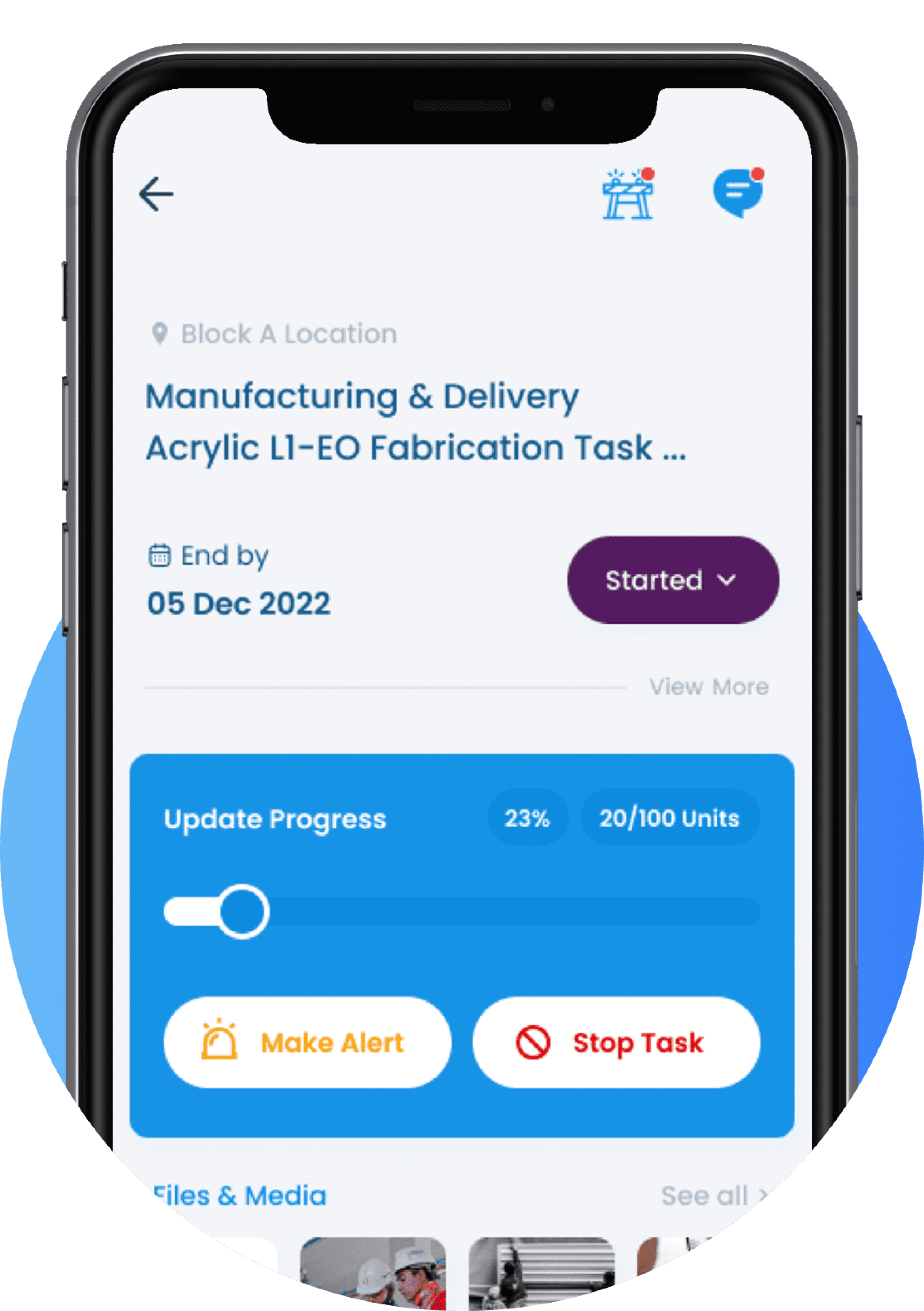Companies in construction are inching towards a ‘lean’ approach to project delivery globally. However, this has proven to be easier said than done, as is evident from the numerous case studies over the past 2 decades.
The essence of Lean Construction revolves around these principle ideas:
- Value generation for everyone
- Uninterrupted Flow in your processes
- Minimise Wastes wherever possible
- Focus on Continuous Improvement (CI)
While on paper these principles seem absolutely fundamental to delivering a project successfully, we are still struggling to achieve any real success in driving lean implementation on projects. Organisation-wise adoption has proven to be even more challenging, with teams constantly shifting across projects and locations.
Where is the Problem?
Successful construction management requires efficient processes, enabled by tools that can drive productivity. However, a critical factor overlooked in this equation is the fact that both these are centred around people; people who use the tools and people who define and drive the processes.
(Wondering what are the other key aspects you are missing in your construction management processes? Head to the link here to read more)
Even with well-defined workflows and the best tools that the industry has to offer today, teams are struggling to deliver projects within time and budget. Any application of ‘lean’ fades to the background within the first few weeks itself.
The Forced Inclusion of ‘lean’.
In most cases, ‘lean’ is introduced as an initiative by a select few. You will come across “Lean Champions” in organisations that are deployed on projects to start introducing lean tools and processes. Generally, this can take the shape of “sticky-note planning”, “kanban” boards, collaborative review sessions, and CI workshops.
While these tools are proven methods for successfully adopting lean, it is rarely a direct equation of implementation and success. Lean Champions are trained to deploy tools and processes strategically while taking their teams and project into consideration.
However, the moment the first ‘lean’ sessions are held, resistance is offered by teams towards adopting new ways of doing things. Interestingly enough, it is not that the teams are against the idea of change (at least not in most cases), but it is the fact that construction projects are intensive and extremely time-constrained, and your teams are more focused on finishing that pending job on-site and heading home, rather than achieving efficiency in the overall project.
In this respect, the inclusion of ‘lean’ always comes across as a forced intervention because someone at the management level has decided to deploy advanced tools and improve processes. This could be a “Performance Improvement Team” that will dissect everything that is wrong with the ongoing work and bring people together to highlight the wastes and instruct teams to work together towards improvement.
This approach never sits well with teams who are already pressured towards delivering the project with all its issues and constraints on-site.
Lean requires Collaboration.
Apart from all the fundamental principles of Lean Construction, the most important that is rarely highlighted is the fact that ‘lean’ requires collaboration. Your first step towards any lean implementation should be the introduction of a culture of collaboration amongst your teams.
To make any intervention successful, your teams need to first be on the same page about what is expected from the project. This involves a common understanding of value on the project, what would be a successful delivery of the project, and what each of the teams requires from each other to achieve that value.
Where all ‘lean’ implementation strategies fail is in first introducing collaborative practices within the project. Teams fail to see from the overall project perspective, and this limits their absorption of any lean tools or processes towards waste minimisation or continuous improvement.
Get your act together.
As a Client introducing or expecting ‘lean’ from your project participants, or as a General Contractor driving lean practices on the project with your sub-contractors, you are first responsible for getting your act together. If you as an organisation fail to work collaboratively intrinsically, you will not be able to drive any ‘lean’ implementation successfully on your project or with your sub-contractors.
As a GC, if your own team is conflicting with each other towards driving efficiency on the project, if your teams cannot follow the protocols deployed, and do not work with the tools efficiently, sub-contractors will continue to offer resistance on the basis of your own internal conflicts. If there is one unit of your business trying to deploy all the lean tools and practices, while another is offering resistance towards adopting the same approach, people and teams you are working with will notice this conflict and be stretched between both verticals to deliver to their individual requirements.
This becomes a major hindrance for teams to absorb a lean approach since their first priority is to satisfy your requirements as defined by the contractual obligations; ‘lean’ becomes secondary in this case and so does the success of the project. In this regard, you are responsible for first setting up your own processes within the organisation right before introducing or expecting participation and results from your teams.
Make ‘Lean’ intrinsic to your Organisation first.
This circles back to introducing collaboration right within your own organisation first. All your teams, from procurement to site execution should be singing off the same hymn sheet. Once you have this recipe set in stone, any teams you onboard will learn from the operating procedures of your teams, and the culture that you have managed to successfully instil within your organisation.
When these conflicts are resolved, teams within your organisation will have the same expectations from all participating in the project. This will ensure that common protocols, deliverables, and value-drivers can percolate through all the teams working together. From here, any inclusion of lean tools and processes will happen with faster success without fail.
Way forward.
At VisiLean, we are continuously working with teams on projects globally who are driving ‘lean’ tools and processes efficiently. On a daily basis, our teams deal with challenges towards the adoption and implementation of lean straight from the ground, as well as success stories of how projects have achieved success and early completion while offering value to the client.
VisiLean helps you transition seamlessly towards Lean digitalisation. With dedicated support and excellent system interoperability, we respect your teams’ familiarisation with existing platforms and workflows, promising smooth onboarding and transition across the organisation, one step at a time.
If you’d like to experience a true-lean service for yourself, head to the link here to start a fully-featured free trial – https://visilean.com/free-trial/
Want to know more about us? Head to https://youtu.be/vALoybf0zpM, or visit our website, https://visilean.com to learn about all our features!







